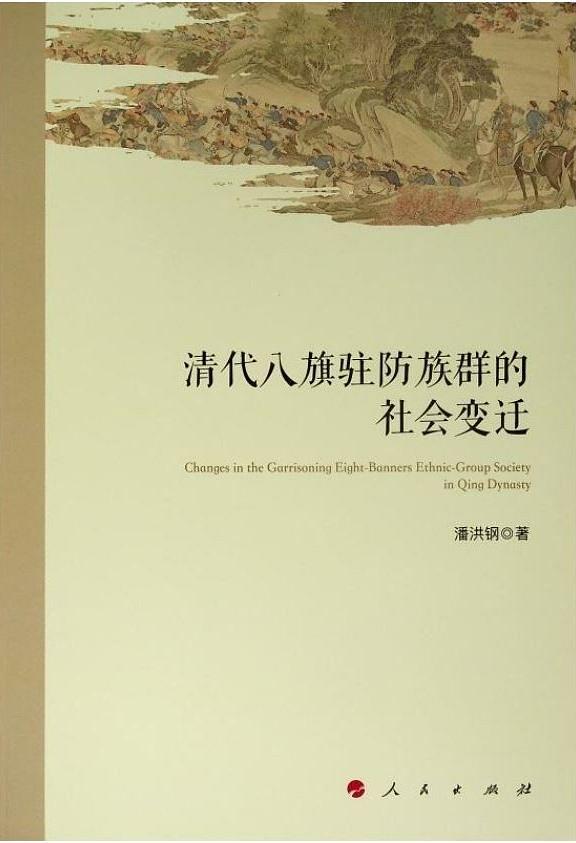Exploring social identity in Eight Banners garrisons

Changes in the Garrisoning Eight-Banners Ethnic Group Society in Qing Dynasty
Established in 1615, the Eight Banners, also known as the Banner system, was a social and military system of the Qing Dynasty. The Manchu Eight Banners, the Mongolian Eight Banners and the Han Eight Banners were the three major constituents of the Banner system. Among them, the Manchu Eight Banners had the highest social status, the Mongolian Eight Banners the second, and the Han Eight Banners the lowest. The garrison group of the Eight Banners was sent to different places across China by the Qing government to maintain national security.
This book discusses social changes in the garrison group of the Eight Banners, including their nativization to the place where they were garrisoned, self-identification, and the evolution of daily life and customs under the Banners system. Pan Honggang also analyzes the rise and fall of the Banner system and its causes. Pan argues that studying exchanges between the Banner people and the local Han people has contributed to the history of Chinese ethnic relations.
The author also puts forward his own views on some less rigorous statements made about the subject in the past. For example, he believes that the nativization of the Eight Banners garrison group was a comprehensive integration of their affiliation with their homeland and their local identity. People usually opine that the Revolution of 1911 was the turning point of the fate of the Banner people, but according to some surveys, the turning point was different in various places. Pan also argues that not all Banner people lived a poor life after the Revolution of 1911. Some Banner families continued decent and well-off lives, while some even preserved Banner customs within their aristocratic lifestyles.
The main feature of the research in the book is the combination of field investigation and historical documents. Pan has conducted several years of interviews and investigations on the garrison sites of the Eight Banners and obtained a large number of oral records. He tries to analyze these different historical insights taken from the memories of people and restore historical truth or certainty.
The internal structure of the Eight Banners garrison group had complex class stratification and complicated relationships. This book only discusses the relationship between the Manchu Eight Banners, the Mongolian Eight Banners and the Han Eight Banners and the pay difference between officers and armored soldiers. For a more profound study of the social changes of the Eight Banners garrison group, the internal hierarchical structure of the garrison group and its relationships and general evolution need further attention.
edited by YANG LANLAN
